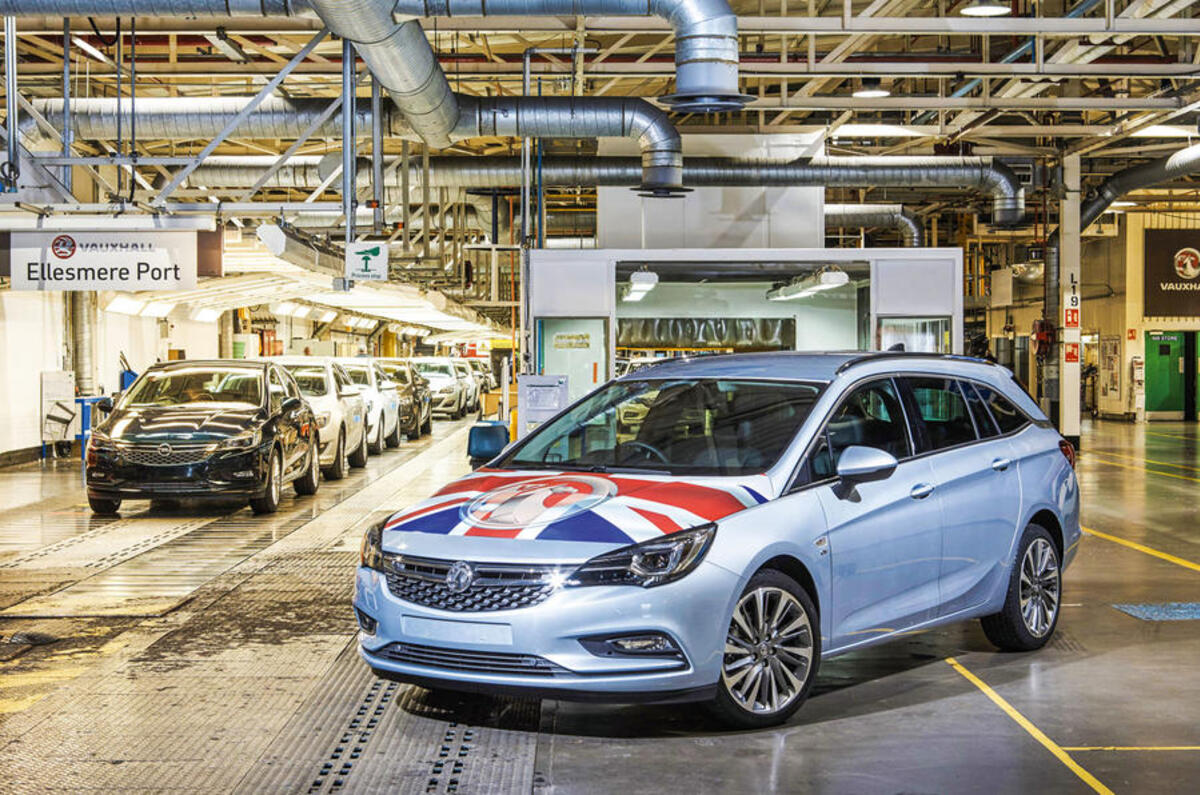What, do you imagine, was the most successful British car?
In terms of sheer production numbers, probably the original Mini. But as Ford’s famous 1960 engineering strip-down of the car revealed, it probably didn’t make much in the way of profit.
In terms of being a contemporary best-seller it might have been the Austin-Morris 1100-1300 series, which managed to be the UK’s best-selling car for a decade. It offered most of the fun and modernity of the Mini with family-size space. Pity about the rust.
In terms of sheer cash profit, I’d argue that it’s probably the two Range Rover Sport models. The first-generation car was such a cash-generator it was said to be the single most profitable model in the Ford global family, achieving Porsche-level margins.
The current Sport has also been an amazing success, outselling the Range Rover and managing to achieve very healthy showroom pricing. Successfully replacing what was LR’s second best-selling model in 2020 might be one of the most important things the company does this decade.
But the lesson is that post-1970 cars from the UK industry have generally never sold in large numbers. And certainly not the kind of mass-market numbers achieved by French and German carmakers. Even the well-liked Rover R8 series (200 and 400) shifted barely a million units in at least six years of production. VW might have shifted that in Golfs in less than 24 months.
2020 was a terrible year for car-making but JLR seems to have been hit worse than most with annual sales across all its models falling to under 450,000 units. The days of JLR shooting for a million sales a year are long gone. But, if you look closely at its history, it should be no surprise.
Before Christmas I stumbled across a fascinating Trades Union pamphlet from late 1977. It was addressing the concerns of the planned restructuring of British Leyland.
After collapsing in 1974 (after the fuel crisis and the UK’s entry to the EEC), the sprawling BL enterprise had been propped up by the taxpayer as sales slumped. Although it had the occasional operating profit, it could not remotely finance new models.
The-then Labour PM was James Callaghan. He hired the hard-headed South African businessman Michael Edwardes to restructure BL into something that might be a self-sustaining enterprise.
Obviously, the Unions feared the axe would be swung at any of BL’s 40-odd factories. The upshot was that there were at least two Trades Union publications setting out alternative plans to rescue BL.
I recently stumbled over the one drawn-up by the AUEW and TASS unions on Ebay. Titled ‘Collapse or Growth’, it is full of fascinating facts that might otherwise have been inaccessible.
The report is especially concerned about the state of BL’s ‘specialist cars’ division. This was made up of Jaguar, Rover and Triumph. Land Rover was a separate business entity. But, in effect, these four were the BL premium division.
No doubt the premium car market of the 1970s was far smaller than today, but BL’s brands were comparative small-fry even then.
The report revealed that between January and September 1973 Jaguar sold 27,200 cars. Rover sold 31,800 saloons (all P6s) and Land Rover sold 52,500 vehicles.
Over the same period in 1977, Jaguar sold 24,100 cars, Rover 25,600 and Land Rover 55,000.
Triumph was split out because its numbers were far better. Even the ancient Dolomite shifted 26,000 units in 1977 and the even more aged Spitfire 17,700 cars. The real eye-opener was the oft-derided TR7. In 1977 23,000 were sold, the two-seater almost outselling the whole of Jaguar.
In total, BL’s specialist division shifted around 128,000 cars. (And in retrospect, makes you wonder why the Triumph brand was dropped. But perhaps explains why BMW still owns the brand).
The AUEW-TASS report goes on to deliver the killer punch. In comparison to BL, European ‘specialist’ brands were far larger. In 1977 Daimler made 401,000 ‘specialist cars’ and BMW 292,000. Even Volvo made 171,000 cars in 1977 and, as the report points out, it had attempted to merge with Saab because the company believed it was still ‘sub-scale’.
‘It seems unlikely that Jaguar Rover Triumph, with such a relatively small volume, could devote the resources to research, development and marketing necessary to match these giant competitors’ the report concluded.
Nothing much changes for the UK’s home brands. After 40 years of unimaginable turmoil, buy-outs and sell-outs, I’d argue that JLR again finds itself ‘sub-scale’.
Jaguar sales in (the Covid year of) 2020 were around 104,000 units, four times the 1977 total. Land Rover sales were around 324,000, around six times what it managed in 1977, but they have been rather better recently.
In comparison, Mercedes sold 1.89m cars in 2020, about 4.5 times its 1977 total. BMW rose by 6.9 times to 2.028m cars (excluding its ex-BL Mini brand).
In 2020 JLR as a whole sold around 428,000 cars. It’s clear that JLR has, in fact, outperformed Mercedes for proportional long-term growth and is not too far behind BMW.
But the problem is the starting point from way back when: the bottom line is that BL’s premium division, as the old Union report makes clear, was sub-scale in 1977 and, as result, despite significant growth, it remains arguably sub-scale in 2021.
You can’t help but feel for new JLR boss Thierry Bolloré. He’s currently in an office somewhere trying to fix a problem that has dogged the UK industry for 40 years and more.
READ MORE
Dear Thierry: Our advice for Jaguar Land Rover's new CEO
Analysis: 'British' cars matter more than ever for the UK post-Brexit
UK car industry 'welcomes' tariff-free post-Brexit trade agreement




Join the debate
Add your comment
Enjoy its niche status?, you've got to have more than just a few low volume brands,and even they aren't wholly British owned, yes, there are artisan part producers I'm sure, but there isn't enough of them.
The British car industry?
You are talking in the past tense right?